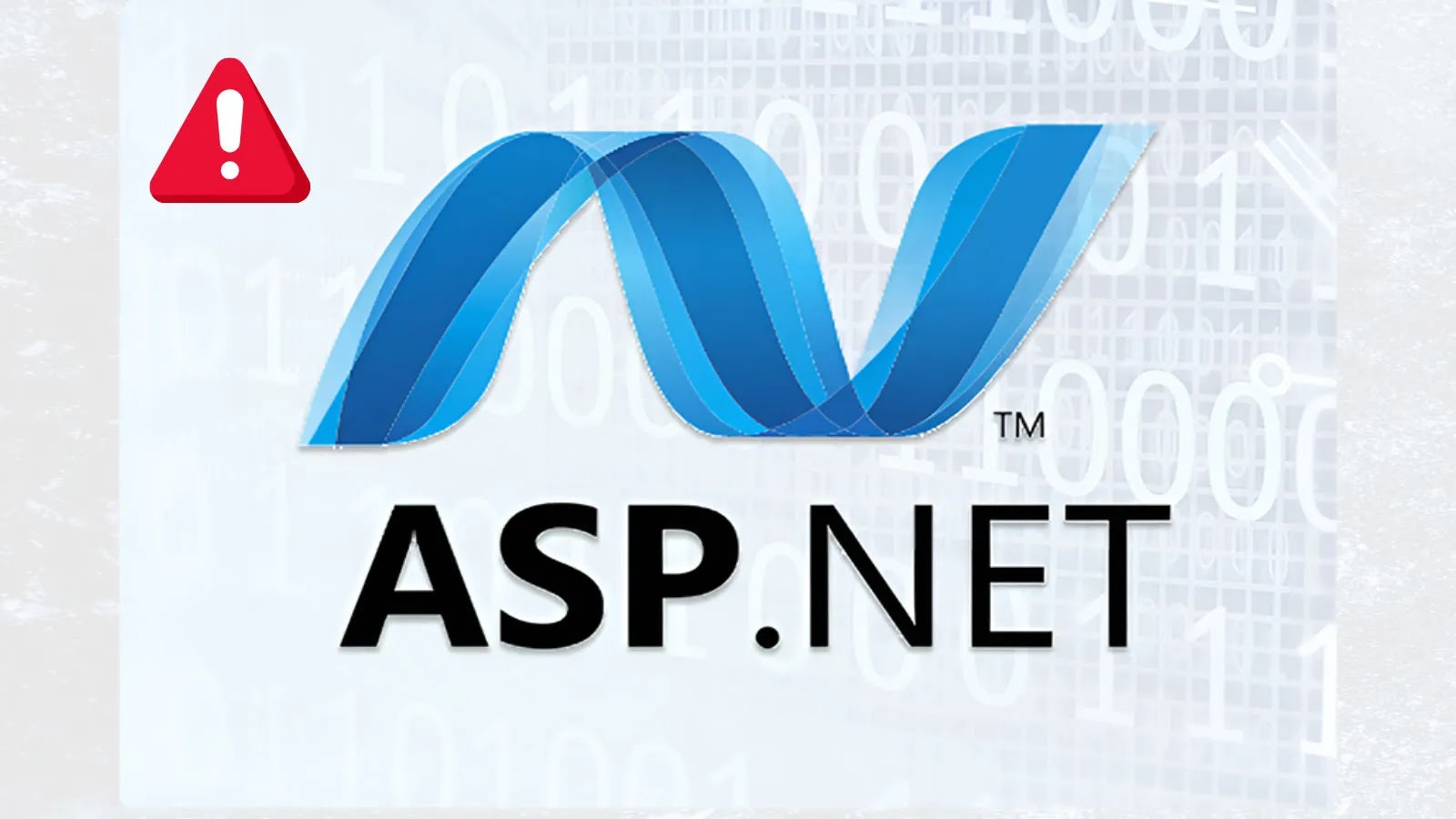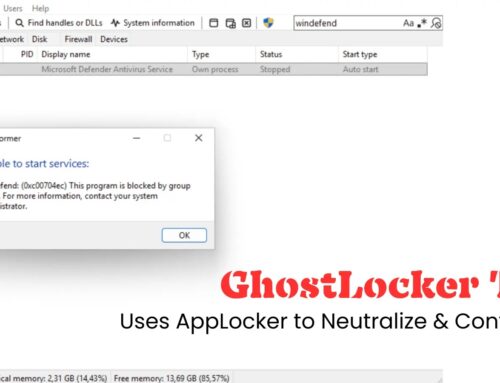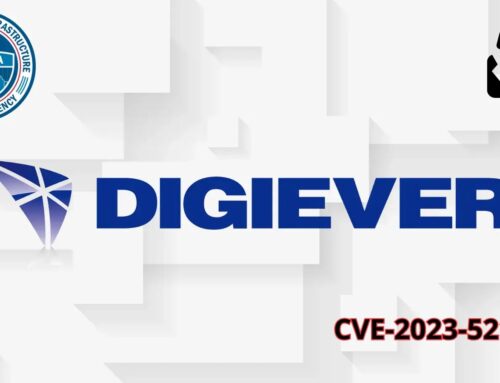
Critical ASP.NET Vulnerability Allows Attacker To Bypass Security Feature Remotely
Critical ASP.NET Vulnerability Bypasses Security Remotely: What You Need to Know
A significant security flaw in ASP.NET Core has come to light, enabling authenticated attackers to bypass critical security features by manipulating HTTP requests. This vulnerability, tracked as CVE-2025-55315, poses a serious risk to applications relying on this popular Microsoft framework. Understanding its implications and implementing timely remediation is crucial for safeguarding your systems.
Disclosed by Microsoft and reported on October 14, 2025, this flaw highlights the persistent challenge of HTTP request/response smuggling – a classic attack vector that exploits inconsistencies in how different components of a web application handle HTTP traffic. For developers, IT professionals, and security analysts, this serves as a stark reminder of the complexities involved in secure application design and deployment.
Understanding CVE-2025-55315: The Core of the Problem
The heart of CVE-2025-55315 (https://cve.mitre.org/cgi-bin/cvename.cgi?name=CVE-2025-55315) lies in its ability to facilitate HTTP request smuggling. This attack technique leverages ambiguities in HTTP message boundaries, allowing an attacker to “smuggle” a malicious request inside a legitimate one. When different servers (e.g., a frontend proxy and a backend application server) interpret the same HTTP request differently, the smuggled request can bypass security controls that only the frontend acknowledges.
In the context of ASP.NET Core, this inconsistent handling of HTTP requests means an authenticated attacker can effectively trick the server into processing a request that would normally be blocked by security mechanisms. This could lead to a variety of damaging outcomes, including:
- Accessing unauthorized resources: Bypassing authentication or authorization checks.
- Executing malicious code: In conjunction with other vulnerabilities, potentially leading to remote code execution.
- Manipulating application logic: Interfering with how the application processes subsequent requests.
The Peril of HTTP Request Smuggling
HTTP request smuggling attacks are particularly insidious because they exploit the trusted communication channels between web infrastructure components. Typically, a frontend proxy or load balancer parses an incoming request, then forwards it to a backend server. If there’s a discrepancy in how these two components interpret the request’s length (often via Content-Length and Transfer-Encoding headers), the frontend might see one request, while the backend sees two – one legitimate and one smuggled.
This allows an attacker to prefix or suffix a request that the backend server then processes outside the intended security context. For ASP.NET Core applications, this means security features designed to protect against certain types of attacks or restrict access to specific functionalities can be entirely circumvented by a carefully crafted smuggled request.
Who is Affected?
Developers and organizations utilizing ASP.NET Core in their web applications are directly impacted by this vulnerability. The “authenticated attacker” caveat means that while some level of access is required, the potential for privilege escalation or lateral movement within a compromised system is significant. All deployments of ASP.NET Core, especially those behind reverse proxies or load balancers, should be considered at risk.
Remediation Actions
Addressing CVE-2025-55315 requires immediate attention. Microsoft typically releases patches for critical vulnerabilities. Here’s what you need to do:
- Apply Microsoft Patches Immediately: Monitor official Microsoft security advisories and apply all recommended patches for ASP.NET Core as soon as they are available. These patches are designed to correct the inconsistent HTTP request handling.
- Update Frontend Proxies and Load Balancers: Ensure that your reverse proxies and load balancers (e.g., NGINX, Apache, Azure Application Gateway, AWS ALB) are running their latest versions and are configured to strictly enforce HTTP/1.1 parsing rules, particularly regarding
Content-LengthandTransfer-Encodingheaders. Configure them to normalize requests or reject ambiguous ones. - Implement Strict Input Validation: While this vulnerability primarily concerns request parsing, robust input validation at the application layer can serve as a secondary defense against the effects of a smuggled request.
- Monitor for Suspicious Traffic: Implement comprehensive logging and monitoring for your ASP.NET Core applications and underlying infrastructure. Look for anomalies in HTTP request patterns, unusual header combinations, or unexpected resource access attempts.
- Review Security Configurations: Regularly audit your ASP.NET Core application’s security configurations, including middleware, authorization policies, and request processing pipelines, to identify potential weak points that could be exploited in conjunction with smuggling.
Tools for Detection and Mitigation
The following tools can aid in identifying and mitigating HTTP request smuggling vulnerabilities, including those related to CVE-2025-55315:
| Tool Name | Purpose | Link |
|---|---|---|
| Burp Suite Professional | Comprehensive web vulnerability scanner with specific modules for HTTP request smuggling detection. | https://portswigger.net/burp |
| OWASP ZAP | Open-source web application security scanner, useful for identifying a wide range of vulnerabilities, including potential smuggling indicators. | https://www.zaproxy.org/ |
| nghttp2 | HTTP/2 protocol stack and client, can be used for low-level HTTP request manipulation for testing purposes. | https://nghttp2.org/ |
| Custom WAF Rules | Web Application Firewalls (WAFs) can be configured with custom rules to detect and block malformed or ambiguous HTTP requests indicative of smuggling attempts. | (Provider-specific) |
Conclusion
The discovery of CVE-2025-55315 in ASP.NET Core underscores the ongoing battle against sophisticated attack techniques like HTTP request smuggling. For organizations leveraging ASP.NET Core, prompt action is not merely advisable, but essential. Prioritize applying official Microsoft patches, maintaining updated and correctly configured a proxy infrastructure, and bolstering your monitoring and detection capabilities. Staying vigilant and proactive in addressing these vulnerabilities is paramount to maintaining a secure digital environment.





